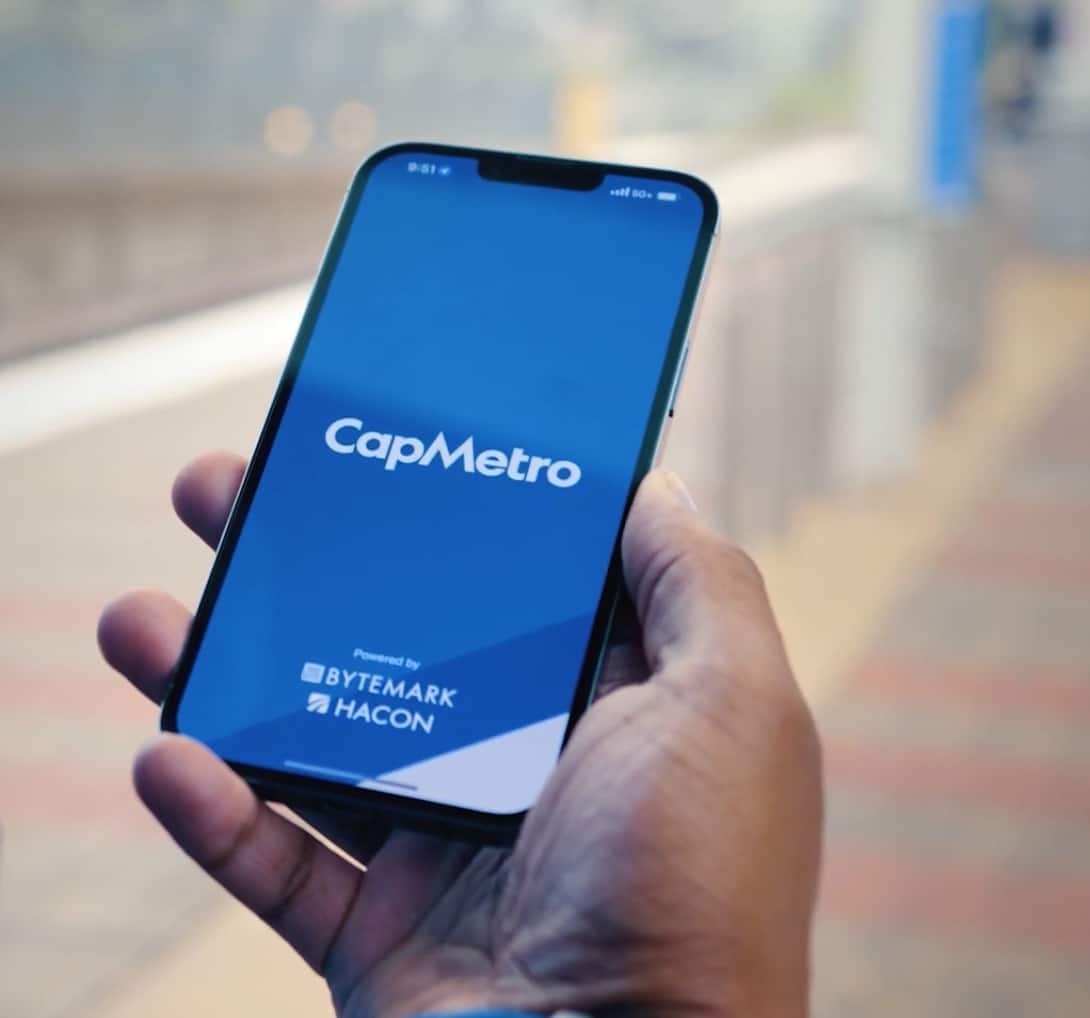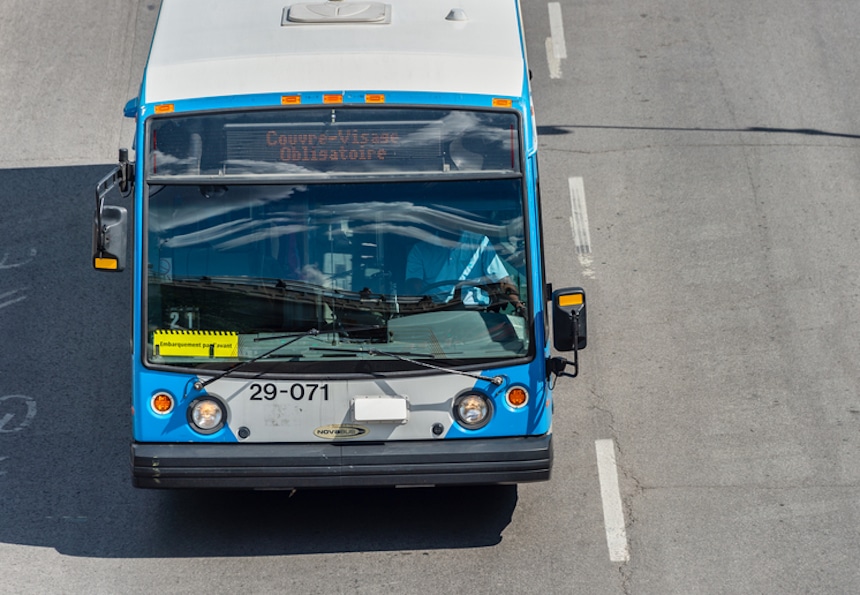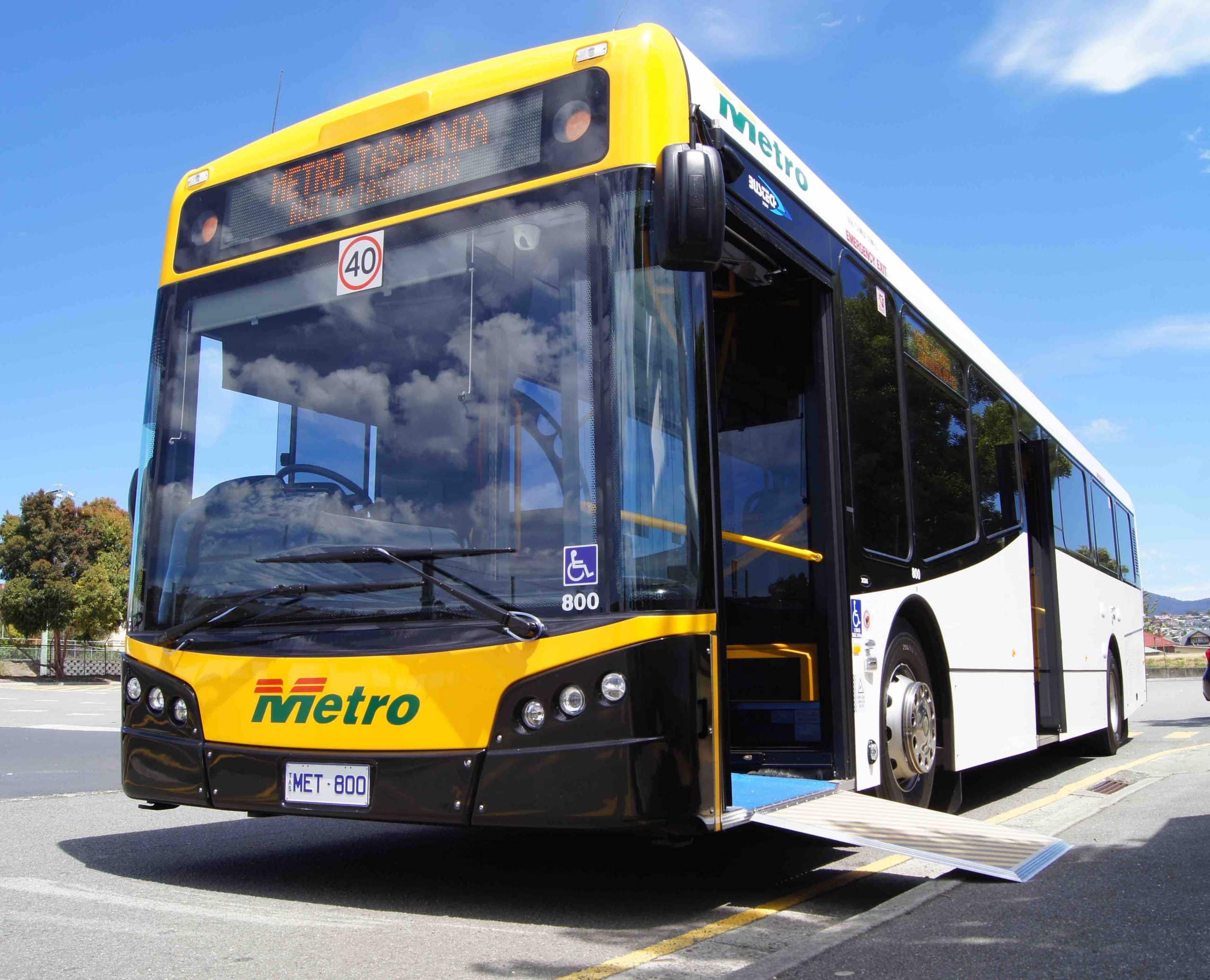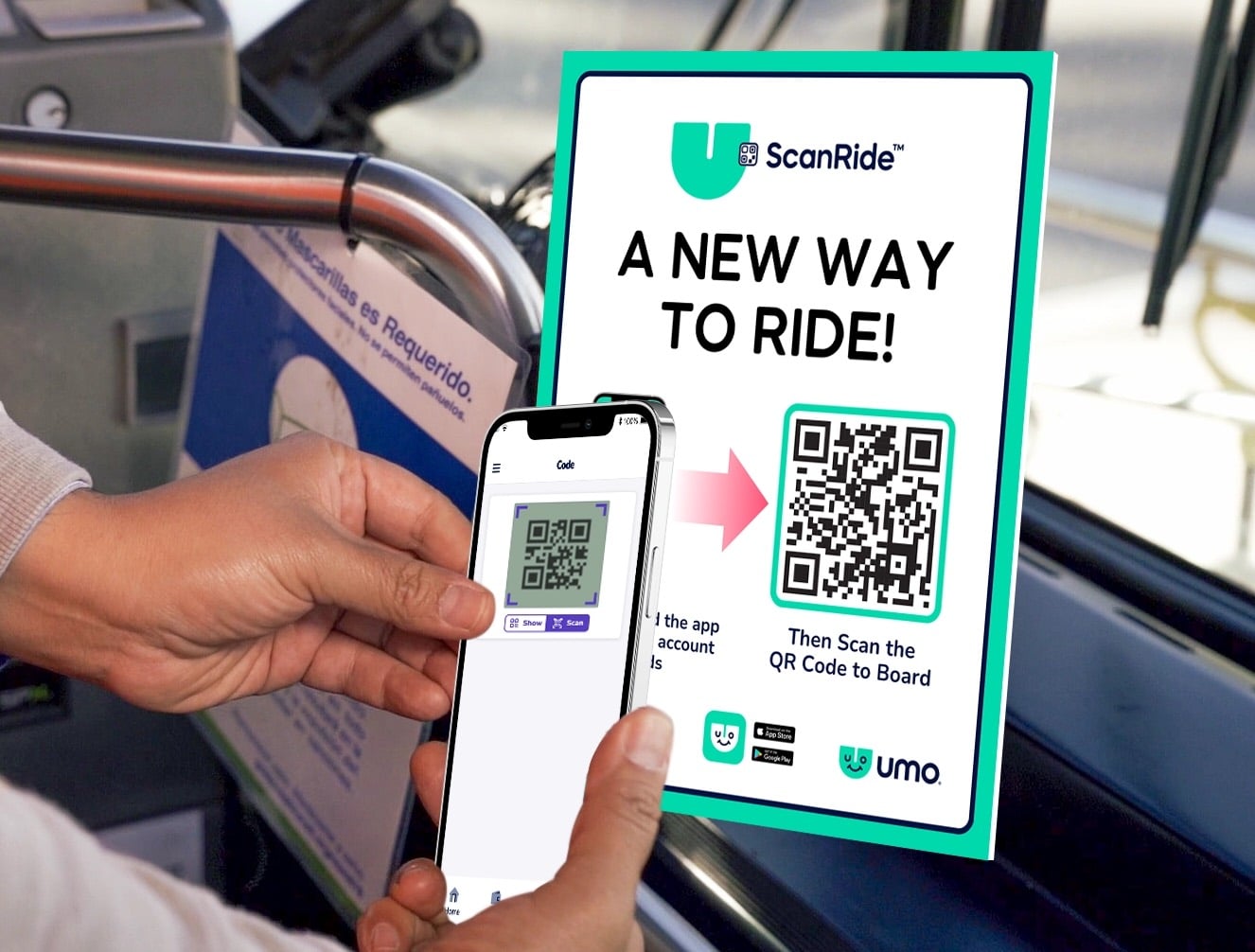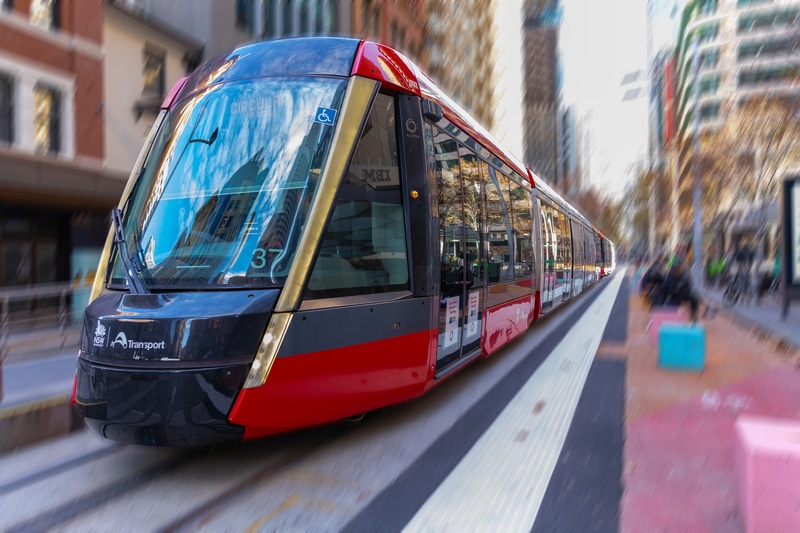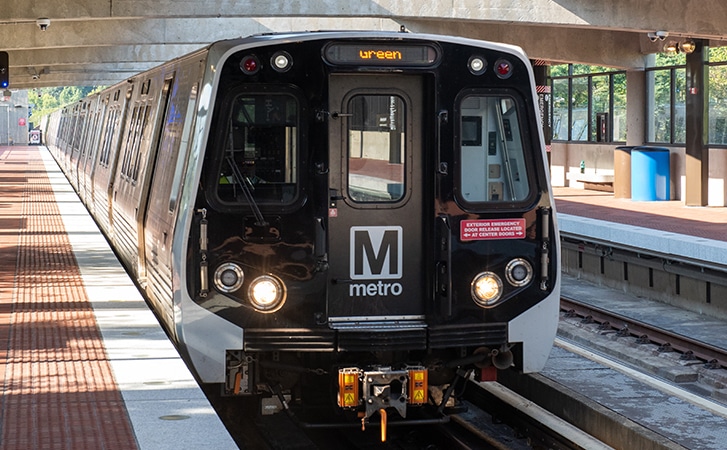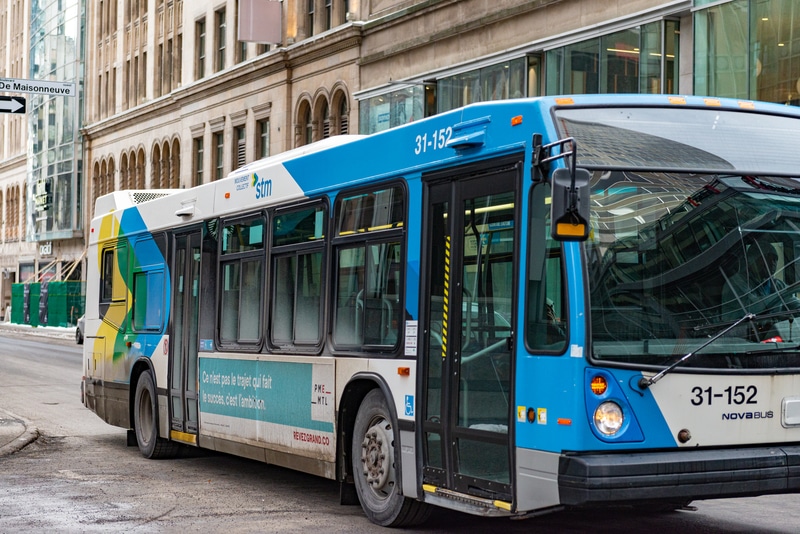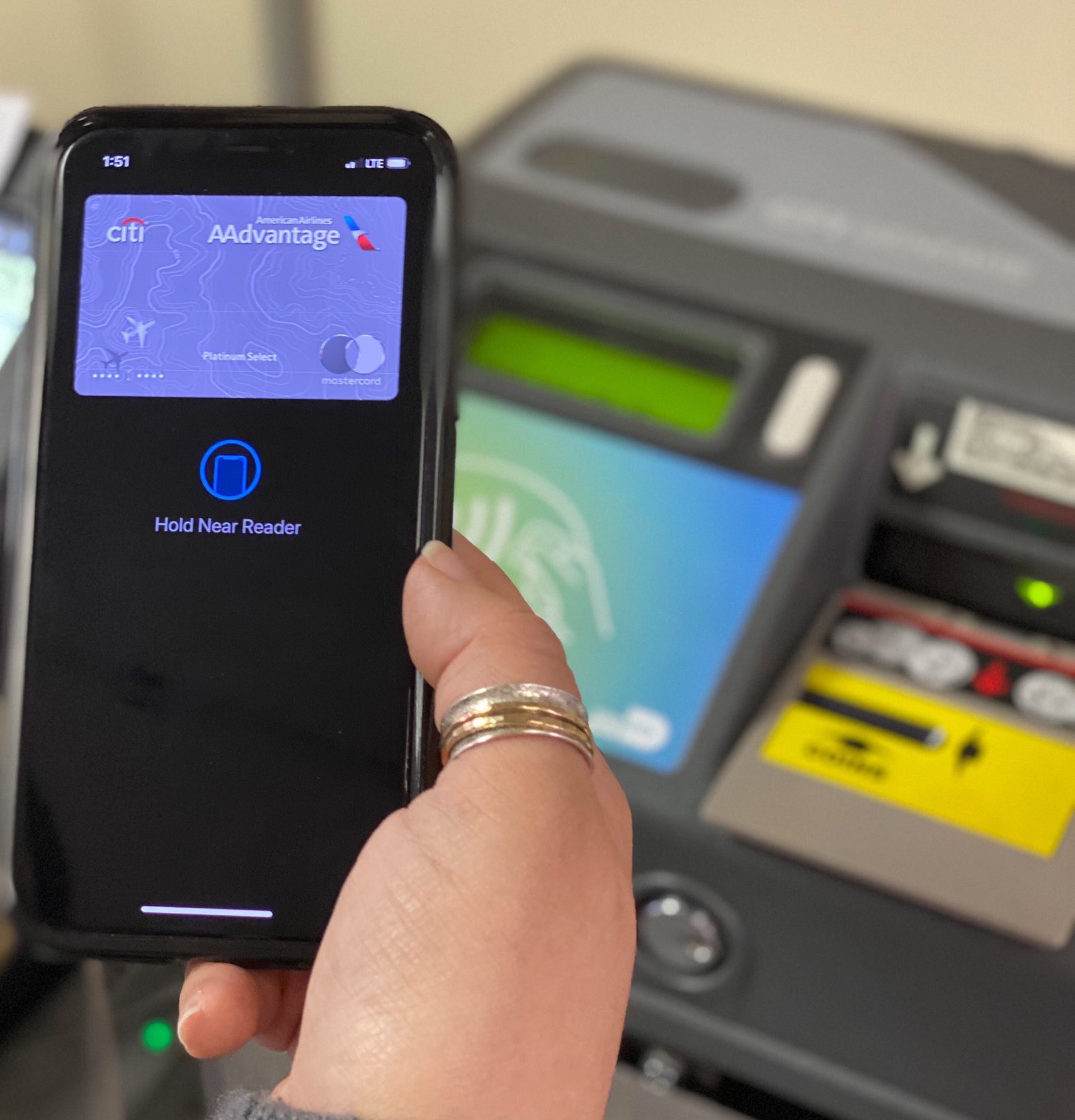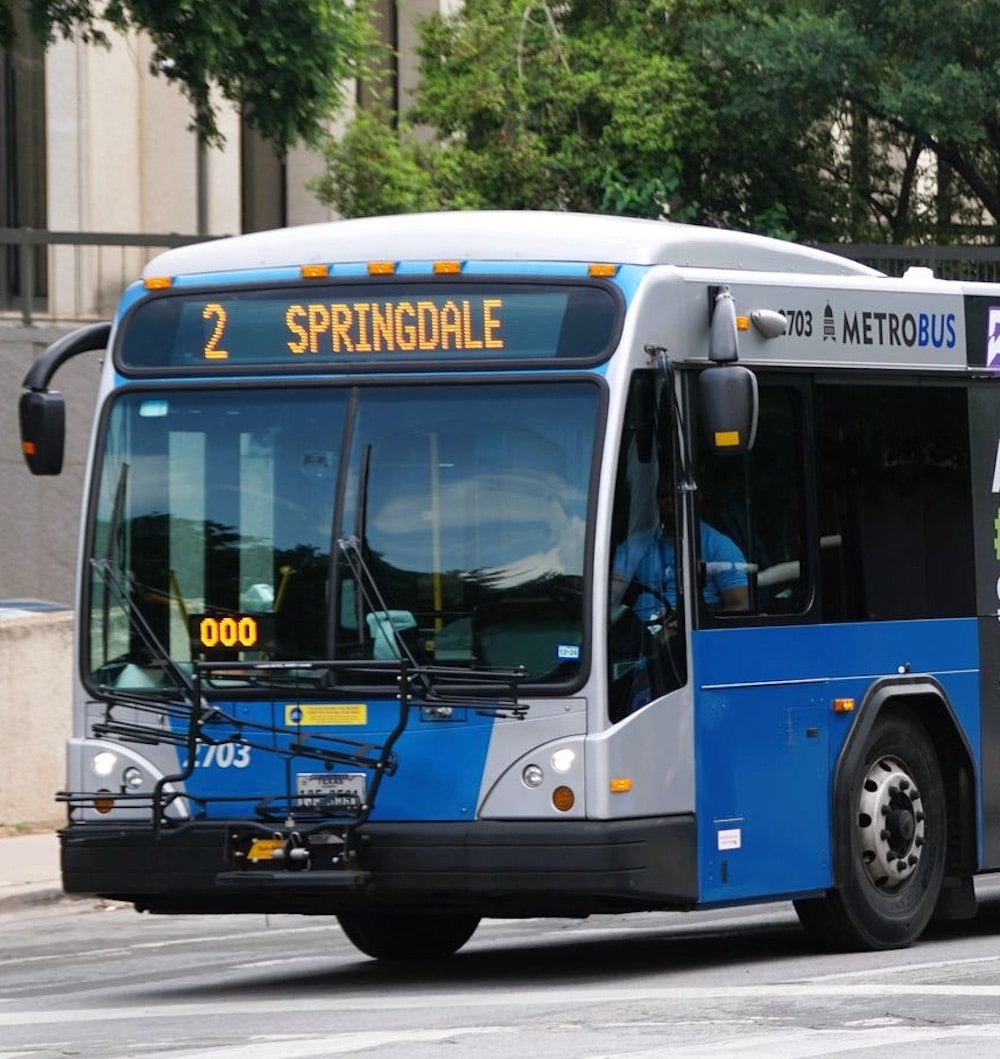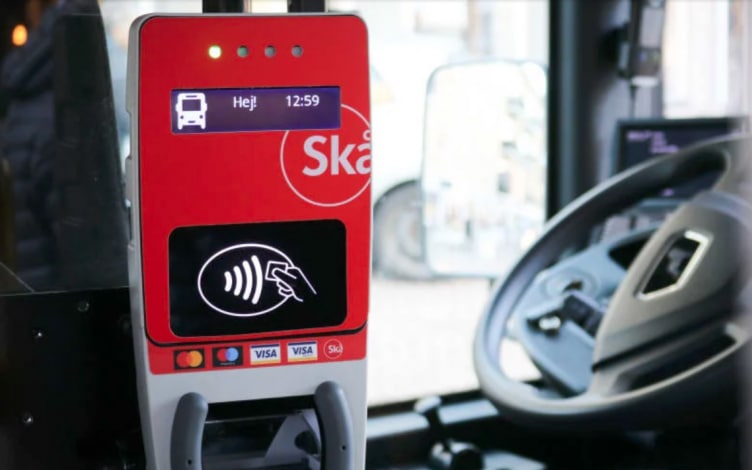
Article Highlights
Key Takeaway:
The agency that serves Sweden’s third largest city is introducing the Express Mode feature for Apple Pay for ticketing on buses. It says contactless open-loop payments now account for 30% of ticketing. But mobile ticketing using 2D barcodes remains the dominant payments method for the agency.
Key Data:
Skånetrafiken’s mobile ticketing app, which uses 2D barcodes to display tickets, accounts for more than twice the share, 64%, of tickets paid for with contactless on board city buses.
Organizations Mentioned:
• Skånetrafiken (Malmö)
• SL (Stockholm
• Telia
Skånetrafiken,







